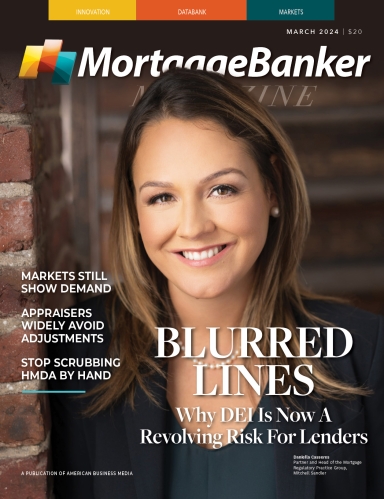Home purchases can be complicated by an appraisal below the buyer’s contract price offer. For the sale to go through, the buyer typically must renegotiate the purchase price, put more cash down, or accept costlier loan terms.
From 2013–2020, the annual appraisals rate below the contract price ranged from 7 to 9% of transactions. Underappraisal spiked to 15% in 2021 and 12% in 2022, when house prices grew rapidly. Both house price growth and underappraisal rates returned to more typical levels in early 2023.
Much of this variation occurs because appraisers base valuations on recent sales of comparable properties, which can become outdated quickly during periods of rapid price changes. Low appraisals can also impact refinance borrowers by leading to less attractive loan terms, limiting borrowing amounts, or resulting in canceled transactions.
In principle, appraisers can consider price changes that have occurred since the time the comparables sold and make adjustments known as market conditions adjustments or time adjustments. Fannie Mae, Freddie Mac, and Federal Housing Administration appraisal guidelines require such adjustments whenever market conditions change.
However, appraisers frequently do not make time adjustments, even when they are likely to impact the appraised value substantially. This analysis also finds that the adjustments appraisers do make are typically substantially smaller than house price indexes would suggest.












